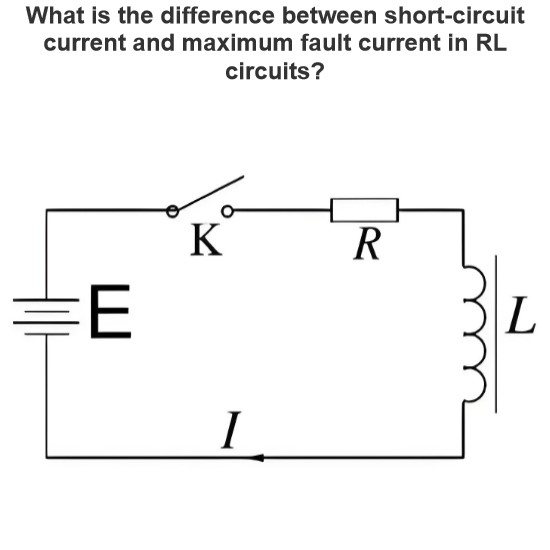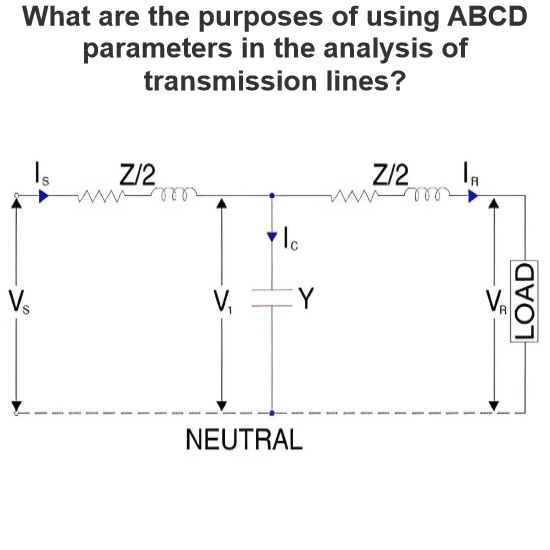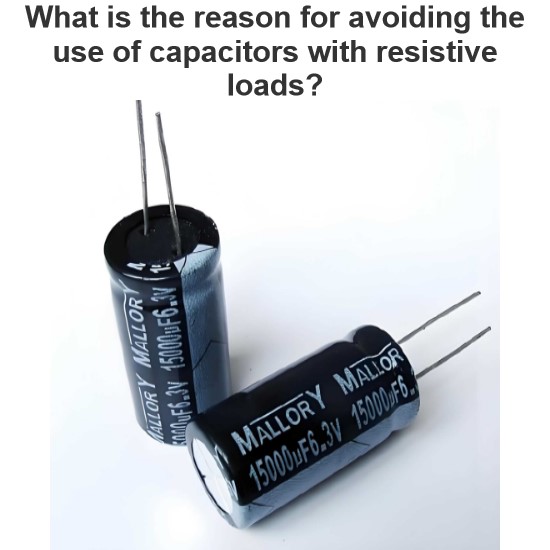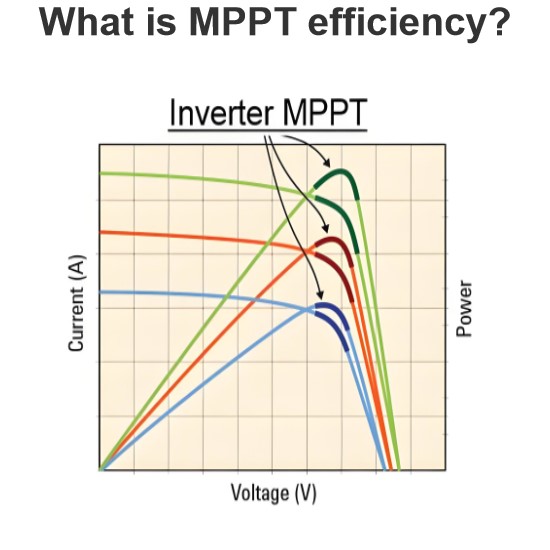What happens to a coil when AC current is passed through it? How does it avoid getting burnt?
When an alternating current passes through a coil, the following situations occur:
I. Electromagnetic effects
1. Generation of a magnetic field
When an alternating current passes through a coil, an alternating magnetic field is generated around the coil. The intensity of this magnetic field changes with the change of current.
For example, in an electromagnet, when an alternating current passes through a coil, a magnetic field that attracts ferromagnetic objects is generated. The direction and intensity of this magnetic field change with the change of direction and magnitude of the alternating current.
2. Induced electromotive force
According to Faraday's law of electromagnetic induction, a changing magnetic field will generate an induced electromotive force in the coil. The direction of this induced electromotive force is opposite to the direction of change of current and is called self-induced electromotive force.
For example, when the alternating current increases, the self-induced electromotive force will hinder the increase of current; when the alternating current decreases, the self-induced electromotive force will hinder the decrease of current. This self-induction phenomenon plays an important role in alternating current circuits. For example, inductive elements can be used for filtering and current limiting.
II. Energy loss
1. Resistance loss
The coil itself has a certain resistance. When an alternating current passes through the coil, power loss will occur on the resistance, manifested as heating.
For example, if the resistance of a coil is R and the alternating current passing through it is I, then the power loss of the coil is P=I2R . If the current is large or the coil resistance is large, the power loss will increase, leading to an increase in the coil temperature.
2. Eddy current loss
Under the action of an alternating magnetic field, eddy currents will be generated inside the conductor of the coil. Eddy currents will generate power loss in the conductor, also manifested as heating.
For example, in the iron core of a transformer, due to the action of an alternating magnetic field, eddy current loss will occur. To reduce eddy current loss, the iron core of a transformer usually adopts a laminated structure to increase the path resistance of eddy currents and reduce the magnitude of eddy currents.
III. Methods to avoid burnout
1. Select appropriate coil parameters
According to the needs of practical applications, select appropriate coil parameters such as the number of turns, wire diameter, and insulation material. Increasing the number of turns of the coil can increase the inductance value, but it will also increase the resistance and volume; choosing a larger wire diameter can reduce the resistance, but it will also increase the cost and volume.
For example, when designing an inductive filter, appropriate coil parameters need to be selected according to parameters such as input and output voltage, current, and frequency to meet the filtering requirements and avoid overheating and burnout of the coil.
2. Strengthen heat dissipation measures
To reduce the temperature of the coil, heat dissipation measures can be strengthened, such as adding heat sinks, ventilation holes, fans, etc. Heat sinks can increase the contact area between the coil and air and improve heat dissipation efficiency; ventilation holes can promote air circulation and take away the heat generated by the coil; fans can force air flow and accelerate the heat dissipation speed.
For example, in an electronic device with high power, the coil is usually installed on a heat sink and is cooled by ventilation holes or fans. This can effectively reduce the temperature of the coil and avoid burnout.
3. Control current and voltage
Avoid passing excessive current or subjecting the coil to excessive voltage. Appropriate protective elements such as fuses, circuit breakers, and voltage regulators can be used to limit the magnitude of current and voltage.
For example, in a power supply circuit, to prevent the coil from burning out due to overcurrent, a fuse can be installed in the circuit. When the current exceeds the rated current of the fuse, the fuse will blow and cut off the circuit to protect the coil and other elements.
4. Regular inspection and maintenance
Regularly inspect the appearance, temperature, insulation performance, etc. of the coil, and find and deal with potential problems in time. If overheating, discoloration, abnormal smell, etc. are found on the coil, stop using it immediately and conduct inspection and repair.
For example, in an electronic device that operates for a long time, the coil should be inspected and maintained regularly, dust and debris should be cleaned up, the insulation should be checked for good condition, and the resistance and inductance values of the coil should be measured. This can detect problems with the coil in time and take corresponding measures to avoid burnout.
In summary, when an alternating current passes through a coil, the coil will generate a magnetic field, induced electromotive force, and energy loss. To avoid burnout of the coil, appropriate coil parameters can be selected, heat dissipation measures can be strengthened, current and voltage can be controlled, and regular inspection and maintenance can be carried out.
The Electricity Encyclopedia is dedicated to accelerating the dissemination and application of electricity knowledge and adding impetus to the development and innovation of the electricity industry.




